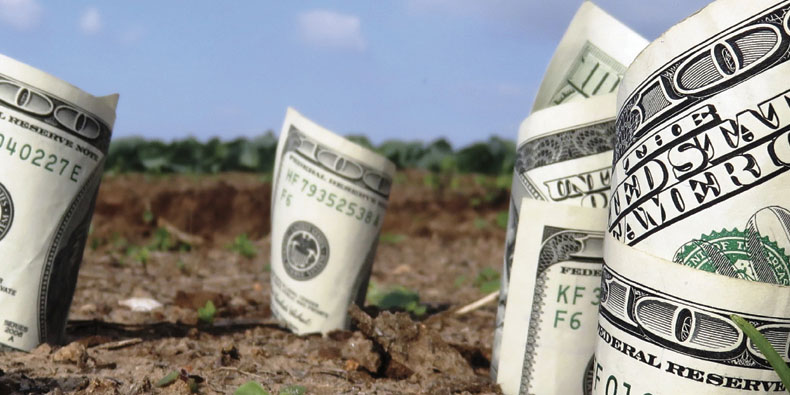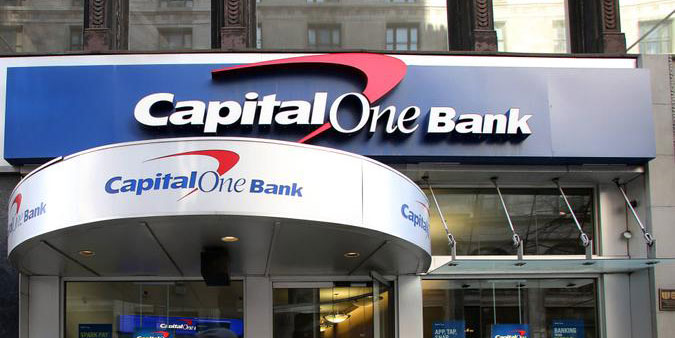In the case of brownfield investment, companies look for buildings in the country of their choice that match their production models and business procedures. It could already comply if the local or national government needs approvals or permits for the brownfield site. Brownfield investments could be a huge win for the right business if the facility were previously used for similar production processes.
In the context of environmental issues, the term "brownfield" could be a reference to the fact that the activities of the previous owner could infect the land upon which a facility is situated. This differs from a brownfield investment plan. The primary benefit of investing in a brownfield is that the building has already been constructed, reducing initial costs. The time it takes to construct can be cut down as well.
Brownfield investments are at risk of creating buyer's regret. Even if the property has been used previously for a similar purpose, it's very rare for companies to locate an area with the right combination of capital equipment and technological capabilities to meet its requirements completely. If the premises are leased, there could be restrictions on the possible improvements.
Understanding the Importance of Brownfield Investment
Brownfield investing encompasses both the acquisition and lease of existing buildings. Sometimes, this method could be more beneficial, given that the structure is already in place. It will not only yield cost savings for the company investing in it, but it could also be a way to avoid the steps needed to construct new facilities on vacant land like permits for construction and the connection of utilities.
The term "brownfield" refers to the possibility that the land may be affected by previous activities that took place on the land, a consequence of which could be the absence of vegetation on the property. Suppose the property owner is not in the intention to allow any further use of their vacant brownfield property; that property is known as a mothballed brownfield. Sites that have been significantly polluted, for instance, by hazardous waste that is extremely hazardous, are not considered brownfield properties.
BI and FDI
Brownfield investing is commonplace when a business looks at a foreign direct investment (FDI) alternative. Often, companies consider facilities that are not being used or not operating at their full capacity as alternatives to building new or further production. Even though additional equipment may be required, or the existing equipment may have to be changed in some cases, it is usually cheaper than building a new one starting from scratch. This is particularly relevant when the prior use was similar to the intended purpose. The expansion of equipment is considered part of a brownfield investment, and adding new production facilities is not considered brownfield. In contrast, new facilities are classified as greenfield investments.
Brownfield vs. Greenfield Investing
Brownfield investing is the use of earlier constructed facilities that were previously being used for other purposes greenfield investing can be applied to any scenario where new facilities are constructed on previously unoccupied land. Greenfield refers to the idea that before the construction of the new building, the land might have been a green field, like an empty field with green vegetation before its use.

Advantages
Ability to gain access to an international market quickly. Lower fixed costs because of having already established facilities infrastructure, infrastructure, and networks. Reduced costs for training and staffing due to the presence of employees already employed in the facility. It could also include approvals and permits from the regulators or government. Suppose the facility is built to meet the requirements. In that case, whether modifications are needed, or the facility can be used without significant modifications and enhancements, brownfield investments can be more affordable than greenfield investments.
Disadvantages
Brownfield investments are at risk of running the risk causing buyer's regret. Even if the space has been previously used for similar activity, a business rarely locates a building equipped with the kind of capital equipment and technology to suit its requirements fully. When the facility is being leased, there are likely to be restrictions regarding what kind of improvements are permitted.
Example
Company A is currently located within its home in the United States and is looking to expand its operations to India. Because of the uncertainty surrounding the market outside of their product, the company's CEO chose to invest in brownfields to "test for the water." Furthermore, numerous licenses and approvals need to be obtained in India as well, and it's been found that these tedious tasks can be eliminated by acquiring a local firm that already has a license approved.
Company A then determines the potential business to target in India. A can quickly expand its market share by investing in brownfields by purchasing the target company. Additionally, investing in a brownfield can reduce significant costs for foreign investors like the construction of its facilities or the expense of training and hiring new employees.

watch next


